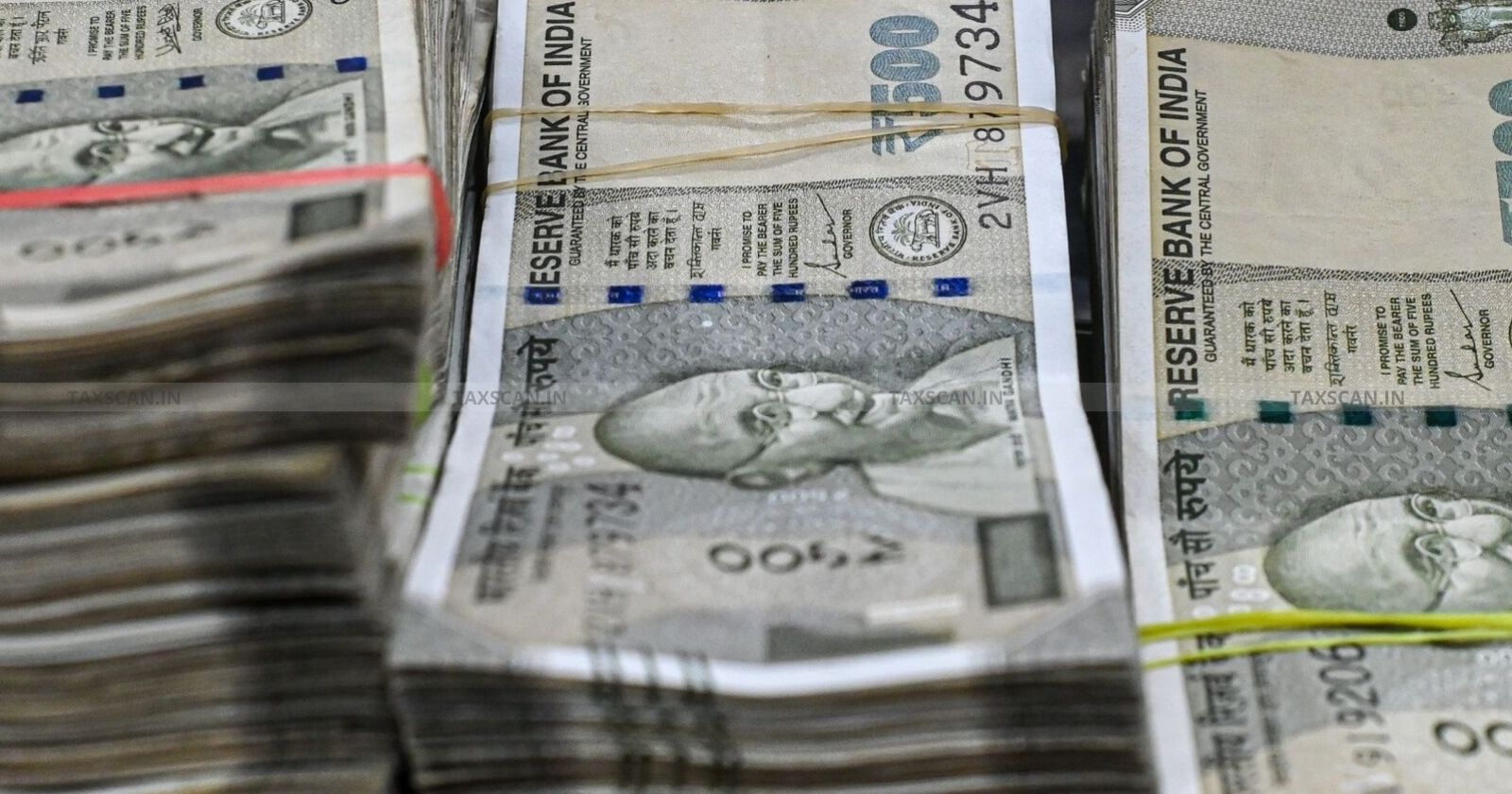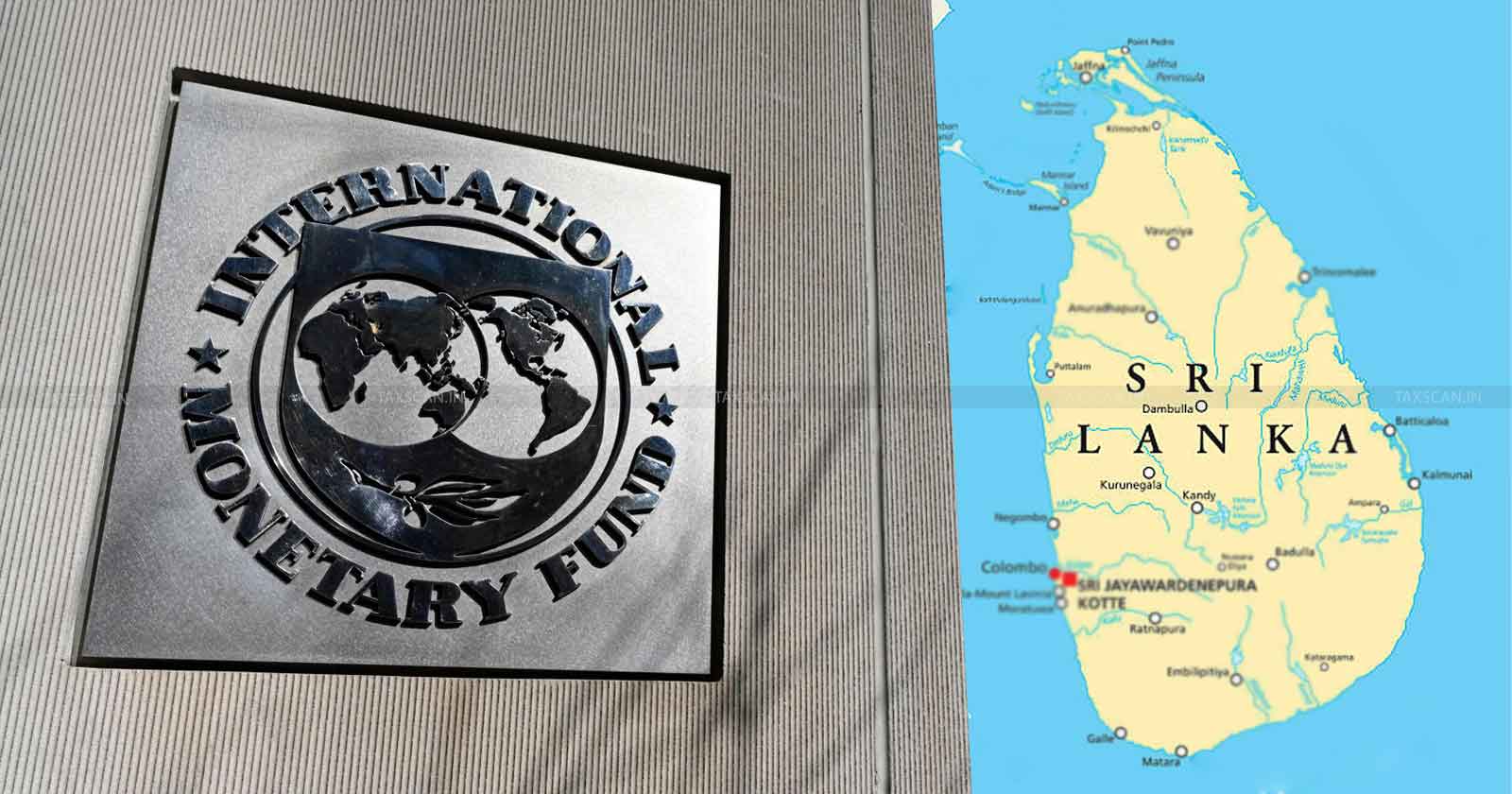IMF Approves Release of $350 Million to Sri Lanka: Part of 4-Year, $2.9 Billion Bailout Scheme
The IMF had earlier released an amount of $333 million to Sri Lanka following the Third Review conducted in late 2024

The International Monetary Fund (IMF) has cleared the way for Sri Lanka to access an amount of $350 million, following the completion of the fourth review of its $2.9 billion bailout programme towards the island nation.
The amounts shall be paid in tranches over the course of 4 years, with the latest tranche to be released under the 48-month Extended Fund Facility (EFF) Arrangement. The release comes at a crucial juncture for the island nation, which has been struggling to regain its economic footing after enduring its most severe financial crisis in decades.
The IMF, in a statement, announced that the Executive Board had approved the fourth review, enabling Sri Lanka to draw SDR 254 million, equivalent to about USD 350 million.
With this disbursement, the total financial support extended by the IMF so far under the bailout arrangement rises to SDR1.27 billion, or roughly $1.74 billion.
What is the SDR?
SDR stands for Special Drawing Rights. It is an international reserve asset created by the International Monetary Fund (IMF) to supplement the official reserves of its member countries. The value of an SDR is based on a basket of major international currencies, and it can be exchanged among governments for freely usable currencies in times of need.
Sri Lanka’s economic crisis, which reached its nadir in 2022, prompted the IMF in March 2023 to approve the nearly $3 billion facility, with the aim of “durably restoring macroeconomic stability by restoring fiscal and debt sustainability.” The support has been instrumental in helping the country rebuild its reserves and negotiate the restructuring of debt with external creditors, all as calculated measures to steer the economy away from bankruptcy.
However, the IMF-mandated reforms have not come without their share of difficulties. Measures such as fiscal tightening and structural adjustments, implemented at the insistence of the IMF, have led to widespread economic hardship for many Sri Lankans among the 2.2 crore population that the Ceylon houses.
Amid the deepening crisis and mounting public protests over shortages of essentials, then-President Gotabaya Rajapaksa was forced to resign, marking a turning point in Sri Lanka’s political and economic landscape.
The current administration, led by the National People’s Power (NPP), had previously voiced criticism of the IMF’s approach and pledged to review the reforms, yet it continues to adhere to the programme’s requirements.
Third Review and the Path Forward
Earlier, the IMF approved the third review of Sri Lanka’s bailout programme and released a tranche of about $333 million, bringing total support at that stage to $1.3 billion. The global lender acknowledged that while signs of recovery were beginning to show, the country’s economy remained vulnerable and continued to face significant risks.
The IMF noted that Sri Lanka still needs to complete the restructuring of $12.5 billion in bondholder debt and $10 billion owed to bilateral creditors, including Japan, China, and India, for the bailout to bear fruit.
Sri Lanka’s journey under the IMF programme began after the country defaulted on its $46 billion external debt in April 2022. The shortage of foreign exchange had left the nation unable to pay for essential imports, sparking mass protests and a change in leadership.
With the fourth review now completed and a new tranche secured, Sri Lanka stands at a critical crossroad, with the success of future reforms and debt restructuring likely to determine the durability of its economic recovery.
Support our journalism by subscribing to Taxscan premium. Follow us on Telegram for quick updates




